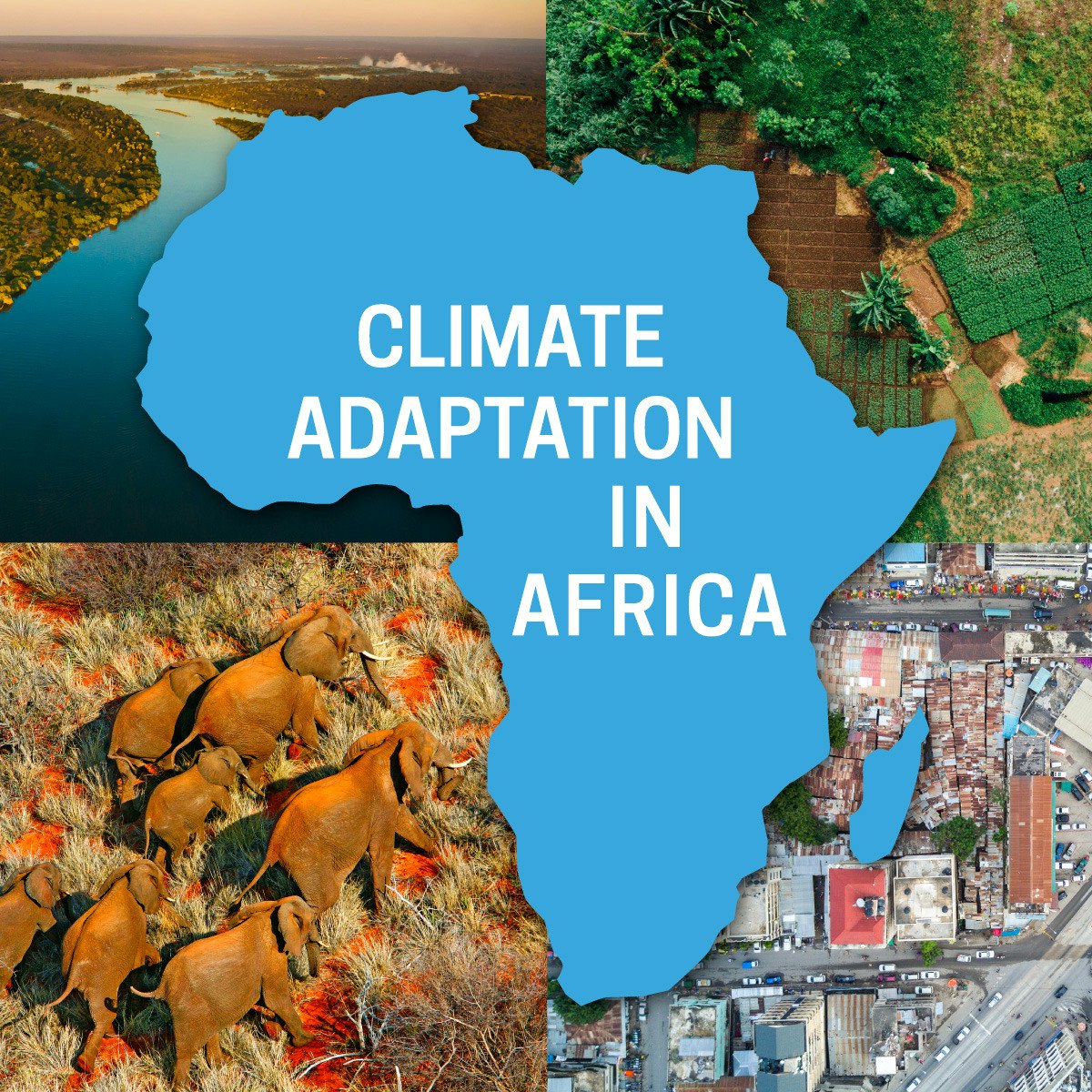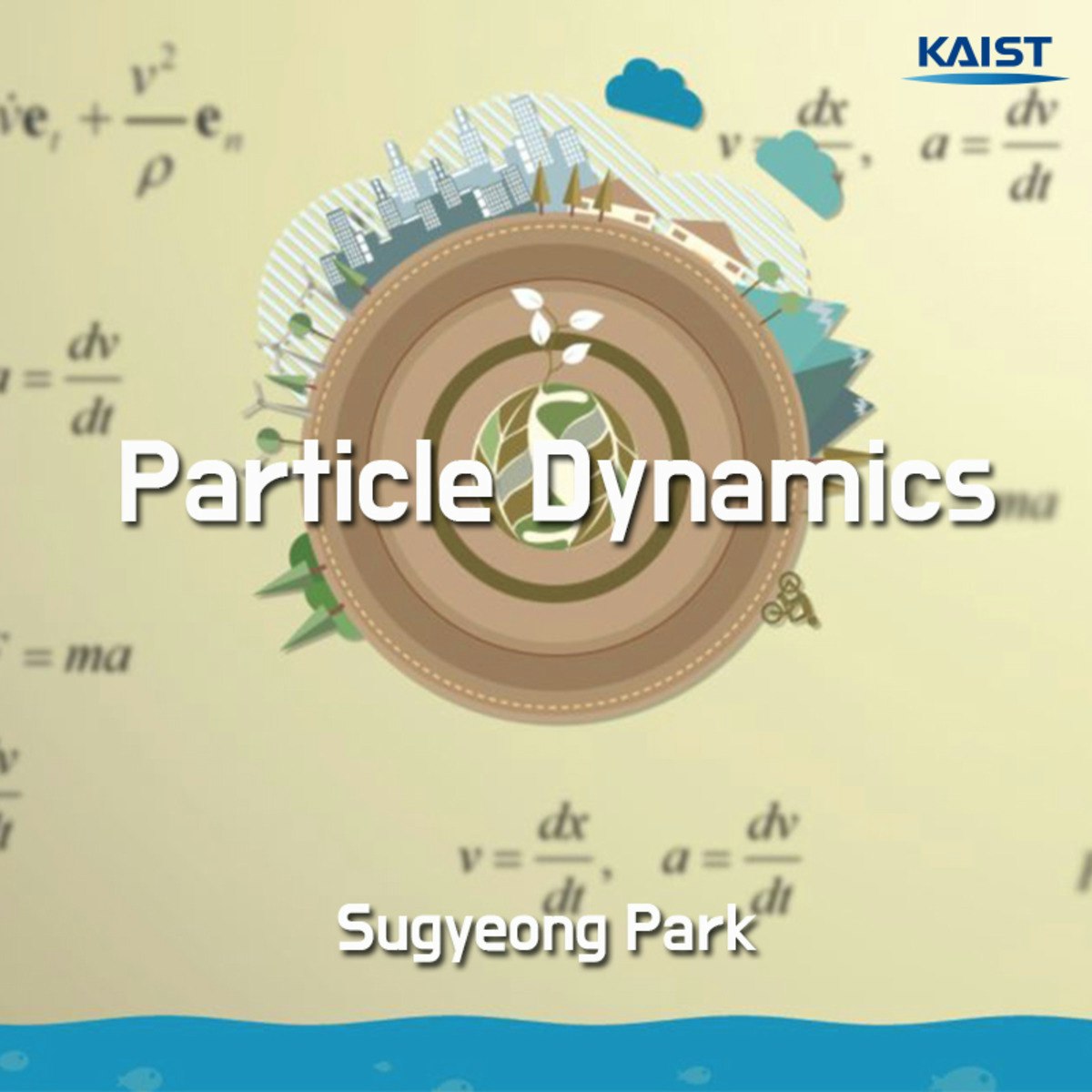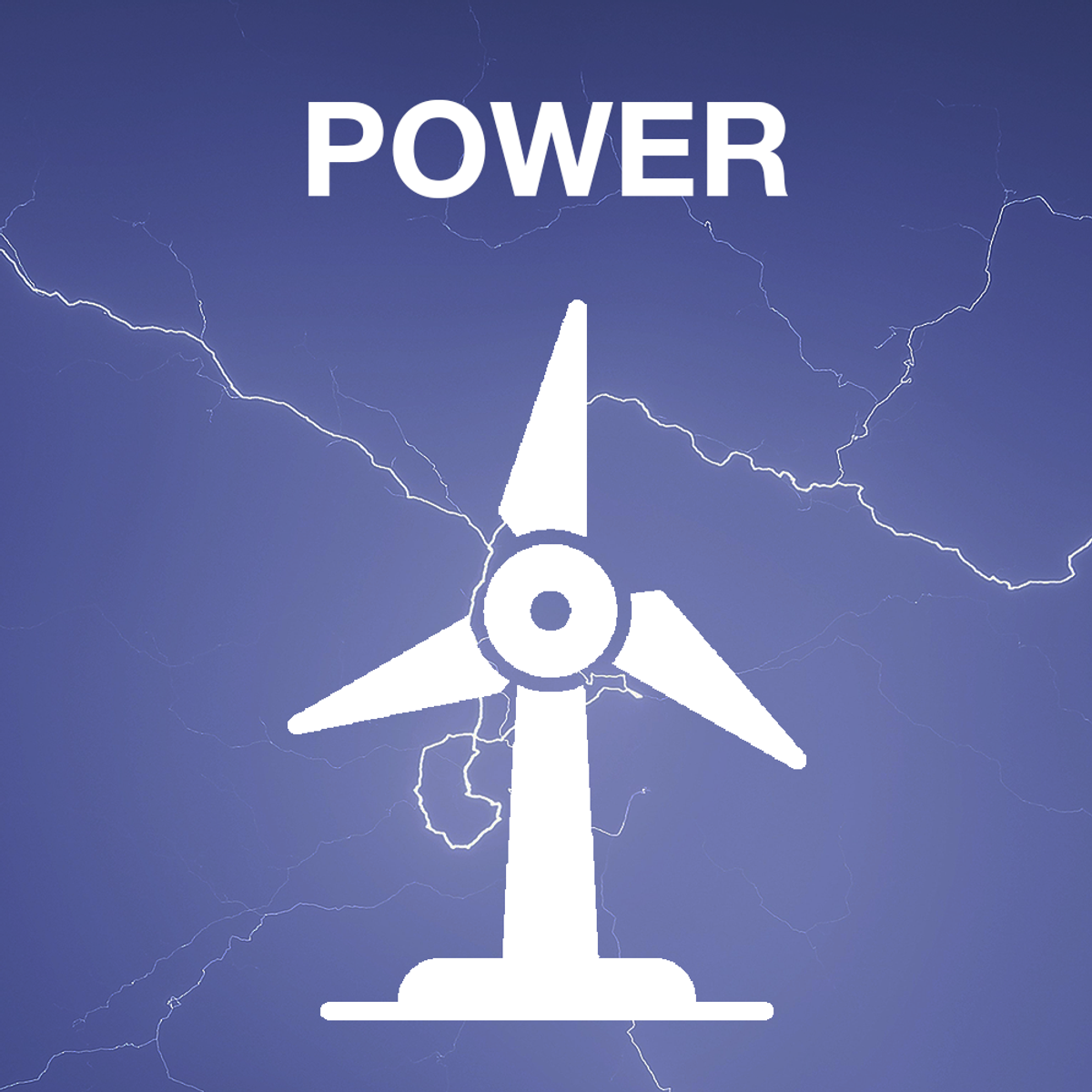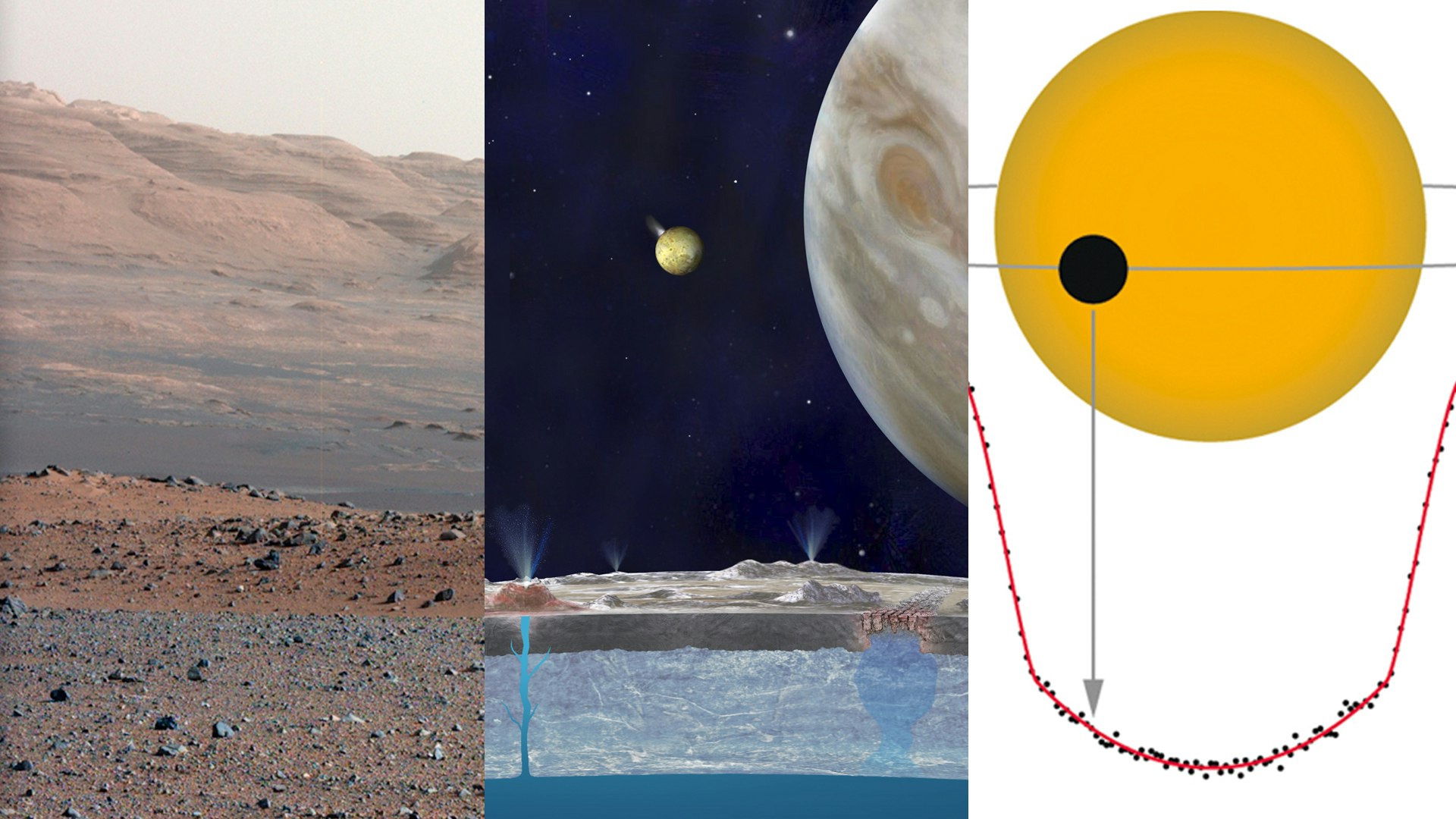Back to Courses









Physical Science And Engineering Courses - Page 18
Showing results 171-180 of 522

3D CAD Fundamental
There have many three-dimensional shape of the object in your brain that are wanted to share, but do not know how to express? How to "sketch" the three-dimensional image in your mind? 3D modeling technology can help us construct the most intuitive and understandable three-dimensional model. The use of floor plan interpret the three-dimensional object process-the most direct and effective expression of our ideas. We have designed many paradigms so that people can quickly understand the logic of using 3D CAD software Sketchup and drawing skills, from introduction to advanced, and introduce SketchUp 3D modeling technologies. After completing "3D CAD Fundamental", it is no longer difficult to draw ideas that are beyond imagination with 3D modeling technology! The goal of this course is to construct a three-dimensional model, with the computer as the main teaching material, to enrich the fun paradigm and the complete drawing process. Step-by-step teach you how to use Sketchup's 3D modeling software technology. With the completion of "3D CAD Fundamental", you will be able to realize the 3D objects that exist in the imagination through 3D modeling!

Climate Adaptation in Africa
This course explores why climate change adaptation is important in the African context. Africa is considered one to be one of the most vulnerable regions to climate change. Historically, climate-related hazards such as drought, flooding, pest and disease outbreaks, coastal storms and heat waves have had devastating impacts on people and the environment in which they live. Often the damage knocks back progress that has been made in social and economic development, slowing down the achievement of development goals. Climate models suggest that many of these climatic hazards will intensify as the global climate warms. Building resilience to climate risks, through adaptation, is critically important for future development in Africa.
The course will examine adaptation in theory and in practice, through a focus on four sectors that are critically important for climate resilient development in Africa: Water Security, Agriculture and Food Security, Ecosystems and Ecosystem Services and Resilient Cities.

Sustainable Neighborhoods
This course will provide students with an introduction to tools and concepts for a better understanding of the importance of the neighborhood as part of a sustainable city. This will include a careful look at the natural context of successful neighborhoods. An evaluation of important components and structure that create a sustainable neighborhood. Complete neighborhoods can provide their residents with pedestrian access to schools, daycare, recreational centers, and a variety of open spaces, as well as opportunities for food production. These and other aspects of sustainable neighborhoods will be carefully evaluated in this course. There will also be case studies of neighborhood development projects in Houston, TX, San Antonio, TX, and Chattanooga, TN. And lastly, the course will review the importance of zoning on sustainable neighborhoods with a particular focus on form-based zoning.
By the end of this course, you will be able to:
• Construct general plans for urban parks and natural corridors for achieving natural context neighborhoods.
• Analyze how neighborhood schools, support services and civic sites contribute to neighborhood livability and sustainability.
• Examine how local open space and housing density can be balanced as neighborhood components to achieve sustainable communities.
• Evaluate the aspects of neighborhood structure that include packet parks, open-space configurations, and transit orientation in communities.
• Apply lessons learned from the evaluation of three case studies at the Buffalo Bayou project in Houston, Texas, the Pearl District project in San Antonio Texas, and 21st century waterfront project in Chattanooga Tennessee.
• Explain the importance of zoning for sustainable neighborhoods with a particular focus on form-based zoning.
Example backgrounds that would be helpful for students to succeed in this course:
- To have a general understanding of how public/private projects are planned and implemented
- Have a strong interest or experience in planning and developing regional sustainable development plans
- Familiar with how government organizations function in the areas of transportation planning and project development
- Served as a volunteer committee member or leader on regional transportation projects and/or regional policy development initiatives
- Have a background and interest in environmental protection plans and projects
- A general knowledge of regional transportation project planning and implementation
- General knowledge or experience in public participation in governmental policy development
- A strong interest and/or experience in improving the urban environment for the benefit of its citizens
- Have a general knowledge of legal and policy issues involved in sustainable development
- Have experience or general knowledge of social equity issues

Particle Dynamics
This course teaches dynamics, one of the basic mechanics subjects of Mechanical Engineering. Students would be able to organize their knowledge about force and motion, work-energy, impulse-momentum in view of Newton's 2nd law and its integration over time and displacement. The Engineering Dynamics consists of two parts: particle dynamics and rigid body dynamics. This is the first part of the dynamics: Particle dynamics class will consist of lecture videos, which are about 15 min length (or a bit longer). These contain a couple of practice problem solving. There will also be standalone homeworks that are not part of video lectures, and a final exam.

Renewable Power and Electricity Systems
The energy revolution in underway. Renewable energy is growing at an astounding pace - notably in electricity. Wind turbines and solar photovoltaic (PV) systems account for most new power plants built worldwide, and are essential to building a low-carbon and sustainable energy future. As a result, there are countless new opportunities in renewable electricity.
This course provides a solid grounding in the basics of renewable electricity. We'll start with how electricity is measured, how electricity systems operate, and how renewable technologies like wind turbines and solar PV work. We'll then cover technical and market fundamentals: how and why renewables are driving change in electricity systems worldwide, how electricity systems are changing to accommodate all these new renewables, and what that all means for those seeking to understand and participate in the global transformation of electricity systems. This global transformation is just beginning; with knowledge gained from this course you'll be ready to jump on board.
Course logo image credit: "Wind Turbine" icon courtesy of Vectors Point from the Noun Project.

Explore Einstein's theories of Relativity using Wolfram
Explore Einstein's theories of Relativity using Wolfram -The theory of relativity usually encompasses two interrelated theories by Albert Einstein: special relativity and general relativity, proposed and published in 1905 and 1915, respectively.[1] Special relativity applies to all physical phenomena in the absence of gravity. General relativity explains the law of gravitation and its relation to other forces of nature.[2] It applies to the cosmological and astrophysical realm, including astronomy.
The theory transformed theoretical physics and astronomy during the 20th century, superseding a 200-year-old theory of mechanics created primarily by Isaac Newton.[3][4][5] It introduced concepts including spacetime as a unified entity of space and time, relativity of simultaneity, kinematic and gravitational time dilation, and length contraction. In the field of physics, relativity improved the science of elementary particles and their fundamental interactions, along with ushering in the nuclear age. With relativity, cosmology and astrophysics predicted extraordinary astronomical phenomena such as neutron stars, black holes, and gravitational waves.

The Science of the Solar System
Learn about the science behind the current exploration of the solar system in this free class. Use principles from physics, chemistry, biology, and geology to understand the latest from Mars, comprehend the outer solar system, ponder planets outside our solar system, and search for habitability in our neighborhood and beyond. This course is generally taught at an advanced level assuming a prior knowledge of undergraduate math and physics, but the majority of the concepts and lectures can be understood without these prerequisites. The quizzes and final exam are designed to make you think critically about the material you have learned rather than to simply make you memorize facts. The class is expected to be challenging but rewarding.

Exploring fluid mechanics using Wolfram notebook
Exploring fluid mechanics using Wolfram notebook

Philosophy and the Sciences: Introduction to the Philosophy of Physical Sciences
What is the origin of our universe? What are dark matter and dark energy?
This is the first part of the course 'Philosophy and the Sciences', dedicated to Philosophy of the Physical Sciences. Scientific research across the physical sciences has raised pressing questions for philosophers. The goal of this course is to introduce you to some of the main areas and topics at the key juncture between philosophy and the physical sciences.
Each week we will introduce you to some of these important questions at the forefront of scientific research.
We will explain the science behind each topic in a simple, non-technical way, while also addressing the philosophical and conceptual questions arising from it. We’ll consider questions about the origin and evolution of our universe, the nature of dark energy and dark matter and the role of anthropic reasoning in the explanation of our universe.
Learning Objectives
Gain a fairly well-rounded view on selected areas and topics at the intersection of philosophy and the sciences
Understand some key questions, and conceptual problems arising in the natural sciences.
Develop critical skills to evaluate and assess these problems.
Suggested Reading
To accompany 'Philosophy and the Sciences', we are pleased to announce a tie-in book from Routledge entitled 'Philosophy and the Sciences for Everyone'. This course companion to the 'Philosophy and the Sciences' course was written by the Edinburgh Philosophy and the Sciences team expressly with the needs of MOOC students in mind. 'Philosophy and the Sciences for Everyone' contains clear and user-friendly chapters, chapter summaries, glossary, study questions, suggestions for further reading and guides to online resources.
Please note, this companion book is optional - all the resources needed to complete the course are available freely and listed on the course site.

Understanding Modern Physics III: Simplicity and Complexity
The 20th century was known as the century of physics. In the past 120 years, concepts such as space, time, energy, entropy and particles were understood to much deeper levels. New paradigms of thinking such as relativity and quantum mechanics emerged.
This course is the third course in the Understanding Modern Physics series, which covers an introduction to action principle, fundamental particle physics, entropy & information and complexity. This course offers a broad view between simplicity and complexity, to complement the first and second course in the Understanding Modern Physics series.
Popular Internships and Jobs by Categories
Find Jobs & Internships
Browse
© 2024 BoostGrad | All rights reserved